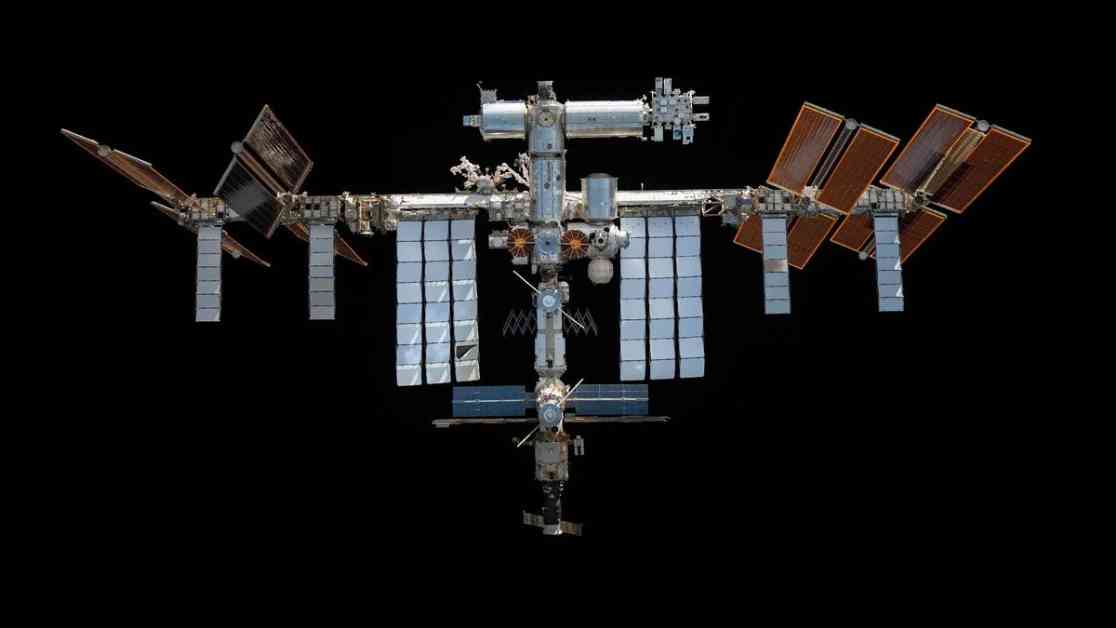NASA and its Russian counterpart have identified 50 “areas of concern” related to a long-running leak aboard the International Space Station (ISS), according to a recent report. The leak, which has been ongoing since 2019 in the Russian segment of the ISS, was highlighted in a report from NASA’s Office of the Inspector General (OIG) published in September. Despite efforts to address the leak, it remains a significant safety risk for astronauts on board.
In an exclusive interview with the Washington Post, NASA officials revealed that they are monitoring four cracks and 50 other areas of concern on the ISS. While Roscosmos has applied sealant and patches to cover the cracks, repairs are still ongoing. The leaking area is considered the top risk, with a severity level of 5 out of 5 in NASA’s internal risk assessments.
Associate administrator Jim Free emphasized the seriousness of the leaks, stating that they have raised concerns with Roscosmos multiple times. NASA astronauts are currently staying on the U.S. side of the space station to be close to their escape vehicles in case of evacuation. Despite the leak, NASA has reassured that it poses no immediate threat to the crew’s safety or vehicle operations.
The leak, which has persisted for five years, originates from a service module transfer tunnel in Russia’s Zvezda module. Repair work has been ongoing since the issue was first discovered, with recent efforts reducing the high leak rate observed in April 2024 by about a third. The aging of the ISS, including the Zvezda module launched in 2000, poses challenges for maintenance to ensure the station’s functionality until its planned retirement in 2030.
NASA’s OIG is closely monitoring various risks that could impact the ISS’s operation, such as micrometeoroid strikes and supply chain issues. SpaceX has been awarded a contract to build a spacecraft capable of deorbiting the ISS, as NASA prepares for the transition to commercial space stations in the coming decade.
Looking ahead, the OIG will continue to assess the schedule, costs, and risks associated with the new spacecraft and deorbiting plan. As the ISS serves as a crucial platform for space research and exploration, addressing safety concerns and planning for its future are essential priorities for NASA and its international partners.










